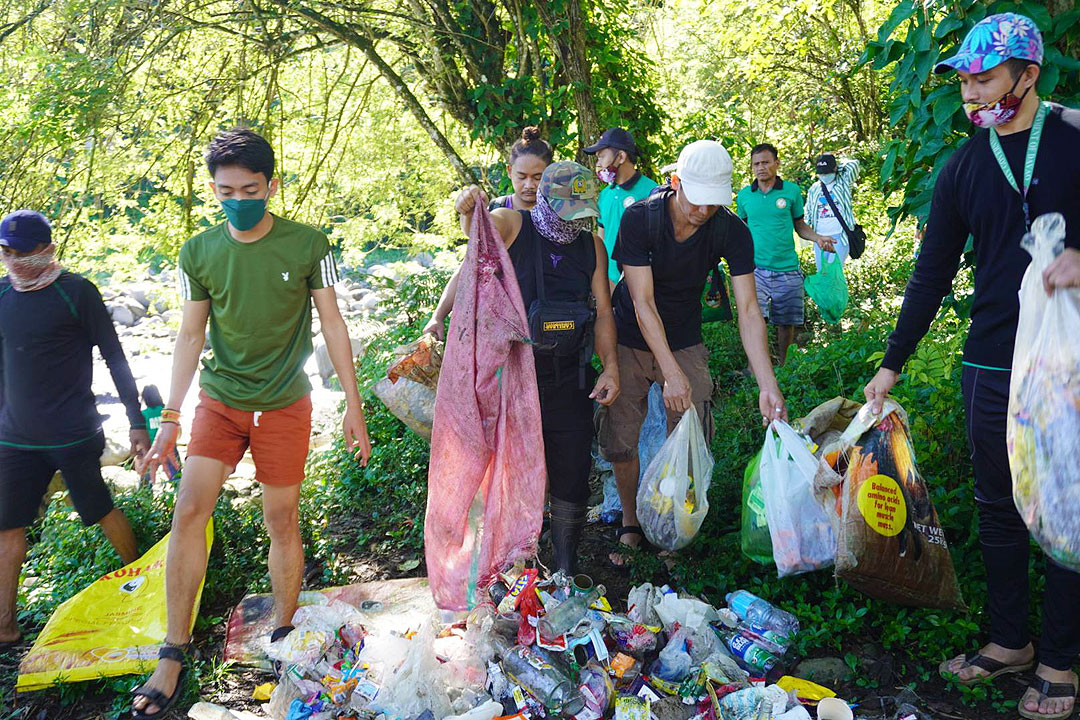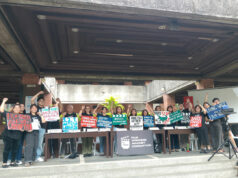IDIS calls on Davao City gov’t to reinforce new protection rules for water source area

ENVIRONMENTAL protection advocacy group IDIS called on the Davao City government to strengthen the enforcement of new local laws after a recent clean-up drive at the Panigan-Tamugan Watershed generated sacks of plastics and other non-biodegradable wastes.
“Despite our persistent call, the number of collected wastes is not decreasing,” non-profit organization Interfacing Development Interventions for Sustainability (IDIS) said in a statement last week.
The Panigan-Tamugan Watershed is an upcoming water source for Davao City’s growing demand through a bulk supply project by Apo Agua Infrastructura, Inc.
The Aboitiz-led firm is expected to start operating the facility this year, which will supply over 300 million liters per day to the city’s water distributor.
“Last year of the same month, volunteers collected six sacks of mixed wastes. And while the policies protecting the watershed area are in place, strict implementation is still a challenge,” said IDIS.
Most of the accumulated waste was single-use plastics, face masks, various plastic containers, and soiled diapers.
IDIS staff are among the members of the monitoring Bantay Bukid, along with communities around watershed areas and other volunteers such as students.
The Davao City government, which provides support to the Bantay Bukid, passed ordinances last year banning single-use plastics and the regulation of recreational activities within watershed areas.
Under the rules, single-use plastic products such as drinking cups, condiments containers, cutlery, balloon sticks, and hand gloves are no longer allowed to be sold, used, or distributed in the city.
The multi-sector Watershed Management Council also passed two resolutions last year containing guidelines on trekking and other recreational in protected areas.
IDIS underscored that barangay or village-level leaders should be at the forefront of managing recreational as well as agri-business activities within their jurisdictions to ensure the protection of rivers and the overall watershed area. — Maya M. Padillo



